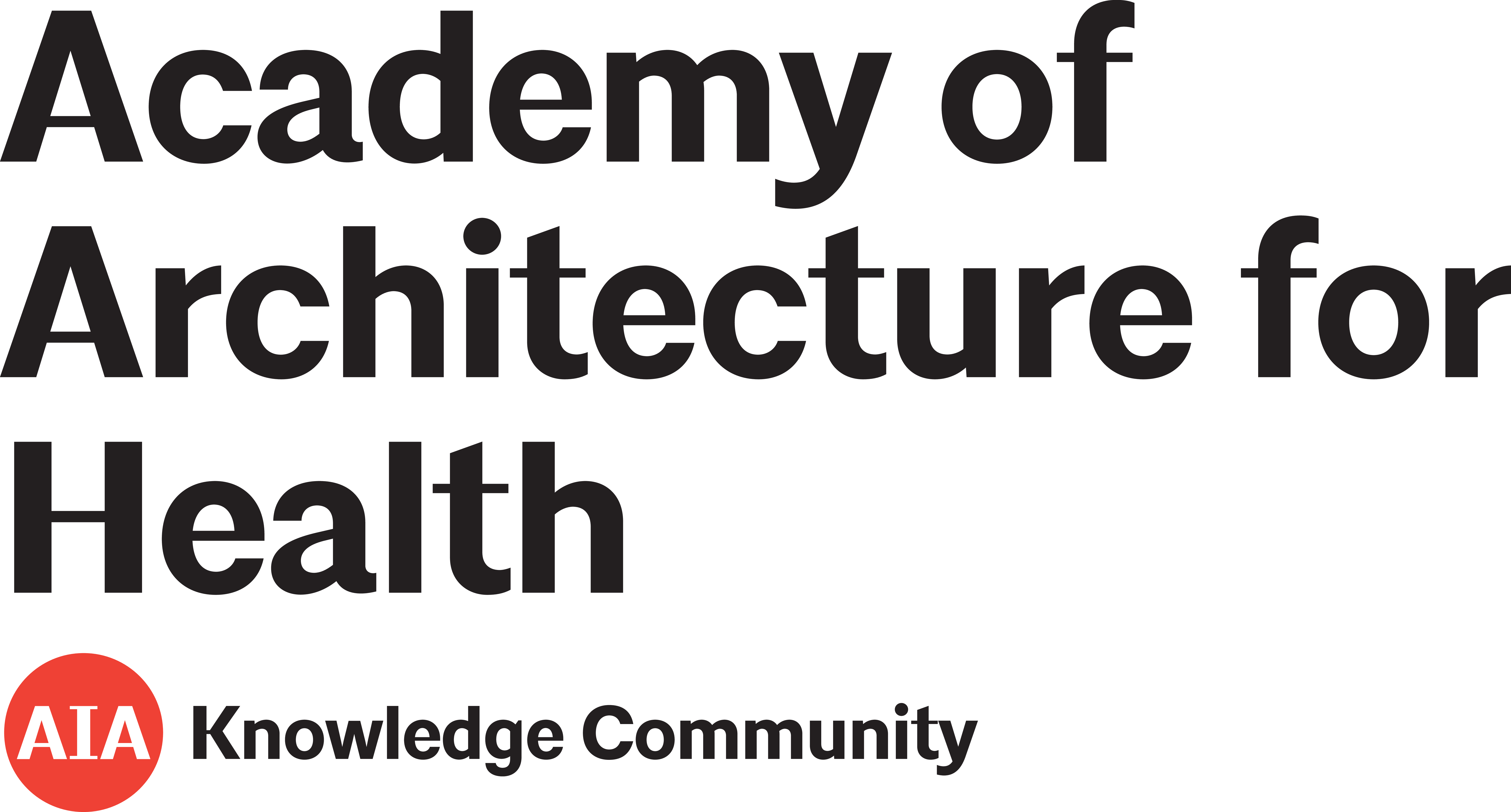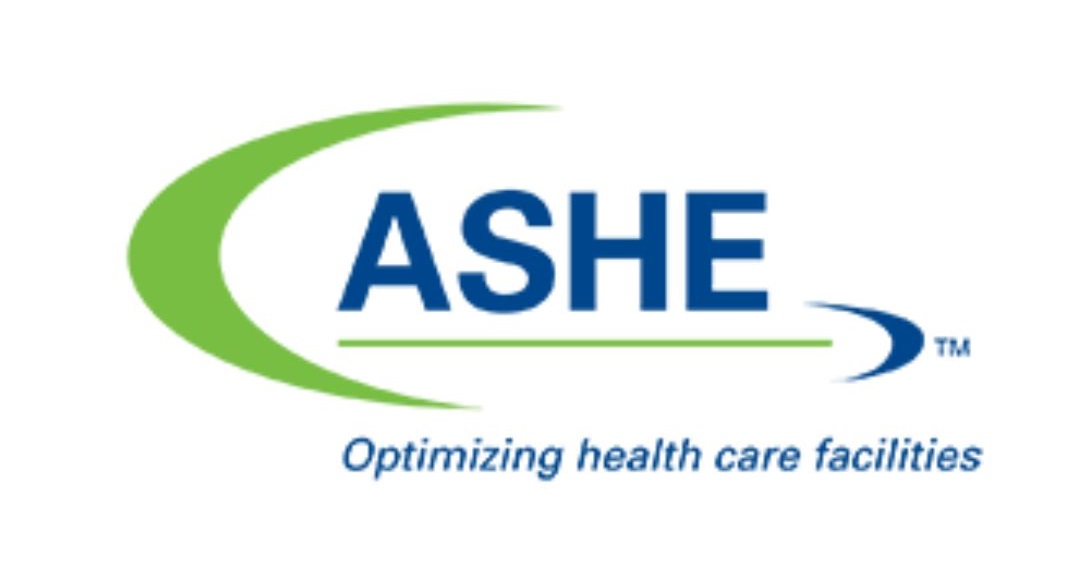How long do bacteria, fungi, protozoa, and viruses retain their replication capacity on inanimate surfaces? A systematic review examining environmental resilience versus healthcare-associated infection risk by “fomite-borne risk assessment”
2024
Clinical Microbiology Reviews
Journal Article
Author(s): Kramer, A., Lexow, F., Bludau, A., Köster, A. M., Misailovski, M., Seifert, U., Eggers, M., Rutala, W., Dancer, S. J., Scheithauer, S.
Added October 2024
A far ultraviolet-C light technology is effective for decontamination of items in proximity to sinks and is enhanced by a far UV-C reflective surface
2024
Infection Control & Hospital Epidemiology
Journal Article
Author(s): Kaple, C. E., Memic, S., Cadnum, J. L., Varghese, M. M., Hebrink, T. J., Donskey, C. J.
Added September 2024
The effectiveness of acoustic treatments in general hospital wards in China
2023
Building and Environment
Journal Article
Author(s): Deng, Z., Xie, H., Kang, J.
Previous research has shown noise exposure within healthcare environments can result in reduced workplace efficacy and general annoyance as well as serious adverse health effects such as disrupted sleep, ischemic heart disease, hypertension, and learning disabilities.
Added October 2023
Efficacy of a far-ultraviolet-C light technology for continuous decontamination of air and surfaces
2024
Infection Control & Hospital Epidemiology
Journal Article
Issue 1
Volume 45
Pages 132-134
Author(s): Memic, S., Osborne, A. O., Cadnum, J. L., Donskey, C. J.
Added August 2023
Visualization of the infection risk assessment of SARS-CoV-2 through aerosol and surface transmission in a negative-pressure ward
2022
Environment International
Journal Article
Author(s): Guo, W., Fu, Y., Jia, R., Guo, Z., Su, C., Li, J., Zhao, X., Jin, Y., Li, P., Fan, J., Zhang, C., Qu, P., Cui, H., Gao, S., Cheng, H., Li, J., Li, X., Lu, B., Xu, X., Wang, Z.
Added August 2023
Potential Sources of Contamination on Textiles and Hard Surfaces Identified as High-Touch Sites Near the Patient Environment
2023
PLOS ONE
Journal Article
Issue 7
Volume 18
Pages e0287855
Author(s): Nygren, E., Strömberg, L. G., Logenius, J., Husmark, U., Löfström, C., Bergström, B.
Added August 2023
Evaluation of staff's perception of a circadian lighting system implemented in a hospital
2023
Building and Environment
Journal Article
Author(s): Schledermann, K. M., Bjørner, T., West, A. S., Hansen, T. S.
A large body of existing research has established that lighting can affect healthcare staff’s quality of work and overall health. The impact lighting has on non-visual factors, such as workers’ biological rhythms, has led to the development of circadian lighting systems (CLS).
Added July 2023
Evaluating occupant light exposure and usage patterns in an inpatient behavioral health unit
2023
HERD: Health Environments Research & Design Journal
Journal Article
Issue 2
Volume 16
Pages 89-108
Author(s): Banasiak, M., Wilkerson, A., Safranek, S.
Exposure to certain intensities and wavelengths of light at certain times throughout the day may disrupt the circadian rhythm, which is linked to numerous adverse health effects. Hospital patients are often exposed to a variety of environmental factors that might disrupt their circadian rhythms, including lighting conditions created by traditional lighting systems.
Added April 2023
A qualitative study of hospital interior environments during the COVID-19 pandemic
2023
International Journal of Environmental Research and Public Health
Journal Article
Issue 4
Volume 20
Pages 3271
Author(s): Bae, S.
There is a substantial body of research on the relationship between the physical environment and human health, and more recently, a growing understanding around how the healthcare environment impacts users, such as healthcare personnel.
Added February 2023
Beyond homeliness: A photo-elicitation study of the ‘homely’ design paradigm in care settings
2023
Health & Place
Journal Article
Author(s): Richards, K., McLaughlan, R.
Palliative care procedures and the facilities in which they are performed have a notably different set of material and spatial needs when compared to other, more general healthcare environments. It is often requested that palliative care environments be “homely” or “home-like”, though creating homely appearances can often be at odds with medical functionality.
Added January 2023
The aerobiome in a hospital environment: Characterization, seasonal tendencies and the effect of window opening ventilation
2023
Building and Environment
Journal Article
Author(s): Núñez, A., García, A. M.
The biological particles (or bioaerosols) found within indoor and outdoor atmospheres create the overall aerobiome of a given area. Little is known about the behavior of bioaerosols in healthcare facilities. Since the presence of certain bioaerosols can impact human health in numerous ways, it is important to understand the variables that influence their dynamics and diversity.
Added January 2023
Efficacy of violet–blue light to inactive microbial growth
2022
Scientific Reports
Journal Article
Issue 1
Volume 12
Pages 20179
Author(s): Amodeo, D., Lucarelli, V., De Palma, I., Puccio, A., Nante, N., Cevenini, G., Messina, G.
Research demonstrates that certain lights have antimicrobial properties. Violet-blue light at 405 nm (VBL405) has a broad-spectrum effect on organisms that frequently cause hospital-acquired infections including Clostridium difficile, Escherichia coli, Staphylococcus epidermidis, Pseudomonas aeruginosa, Klebsiella pneumoniae, Streptococcus pyogenes, and various Mycobacterium.
Added November 2022
Contamination of personal protective equipment and environmental surfaces in Fangcang shelter hospitals
2023
American Journal of Infection Control
Journal Article
Issue 8
Volume 51
Pages 926-930
Author(s): Yao, Y., Cui, Y., Gao, X., Qian, Y., Hu, B.
Added November 2022
Copper-coated hospital surfaces: reduction of total bacterial loads and resistant Acinetobacter spp.
2022
AMB Express
Journal Article
Issue 1
Volume 12
Pages 146
Author(s): Blehm, C. J., Monteiro, M. S., Bessa, M. C., Leyser, M., Dias, A. S., Sumienski, J., Gallo, S. W., da Silva, A. B., Barros, A., Marco, R., Preve, C. P., Ferreira, C. A. S., Ramos, F., de Oliveira, S. D.
Added November 2022
A computational approach to estimating healthcare contact surface material resilience
2023
HERD: Health Environments Research & Design Journal
Journal Article
Issue 2
Volume 16
Pages 268-283
Author(s): Platt, L. S., Chen, X.
Added November 2022
Surface contamination with SARS-CoV-2: A systematic review
2021
Science of the Total Environment
Journal Article
Author(s): Gonçalves, J., da Silva, P. G., Reis, L., Nascimento, M. S. J., Koritnik, T., Paragi, M., Mesquita, J. R.
Added August 2022
Lean design of the pediatric intensive care unit patient room for efficient and safe care delivery
2022
HERD: Health Environments Research & Design Journal
Journal Article
Issue 4
Volume 15
Pages 369-390
Author(s): Lu, Y., Bishop, N. B., Zadeh, R. S.
Pediatric intensive care units (PICUs) are often operated by specially trained registered nurses (RNs). Due to the high stress and sensitivity of these environments, optimizing RN workflows and safety protocols is important.
Added August 2022
Contamination in the operating room environment: Patients, providers, surfaces, and air
2022
Infection Prevention: New Perspectives and Controversies
Book Section
Author(s): Jelacic, S., Bowdle, A., Bearman, G., Morgan, D. J., K. Murthy, R., Hota, S.
Added July 2022
A comparison of floor surfaces for injury prevention in care settings: impact forces and horizontal pulling force required to move wheeled equipment
2020
Osteoporosis International
Journal Article
Issue 12
Volume 31
Pages 2383-2394
Author(s): Keenan, B. E., Hallas, K., Drahota, A. K., Evans, S. L.
Injury-inducing falls frequently occur in both care homes and hospitals. One way to prevent fall-related injuries is shock-absorbing flooring. The authors of this study note that at the time of writing, there are no established standards for what type of flooring is most effective for injury prevention.
Added July 2022
Risk of air and surface contamination of SARS-CoV-2 in isolation wards and its relationship with patient and environmental characteristics
2022
Ecotoxicology and Environmental Safety
Journal Article
Author(s): Wang, K., Ho, K.-F., Leung, L. Y.-T., Chow, K.-M., Cheung, Y.-Y., Tsang, D., Lai, R. W.-M., Xu, R. H., Yeoh, E.-K., Hung, C.-T.
Added June 2022




